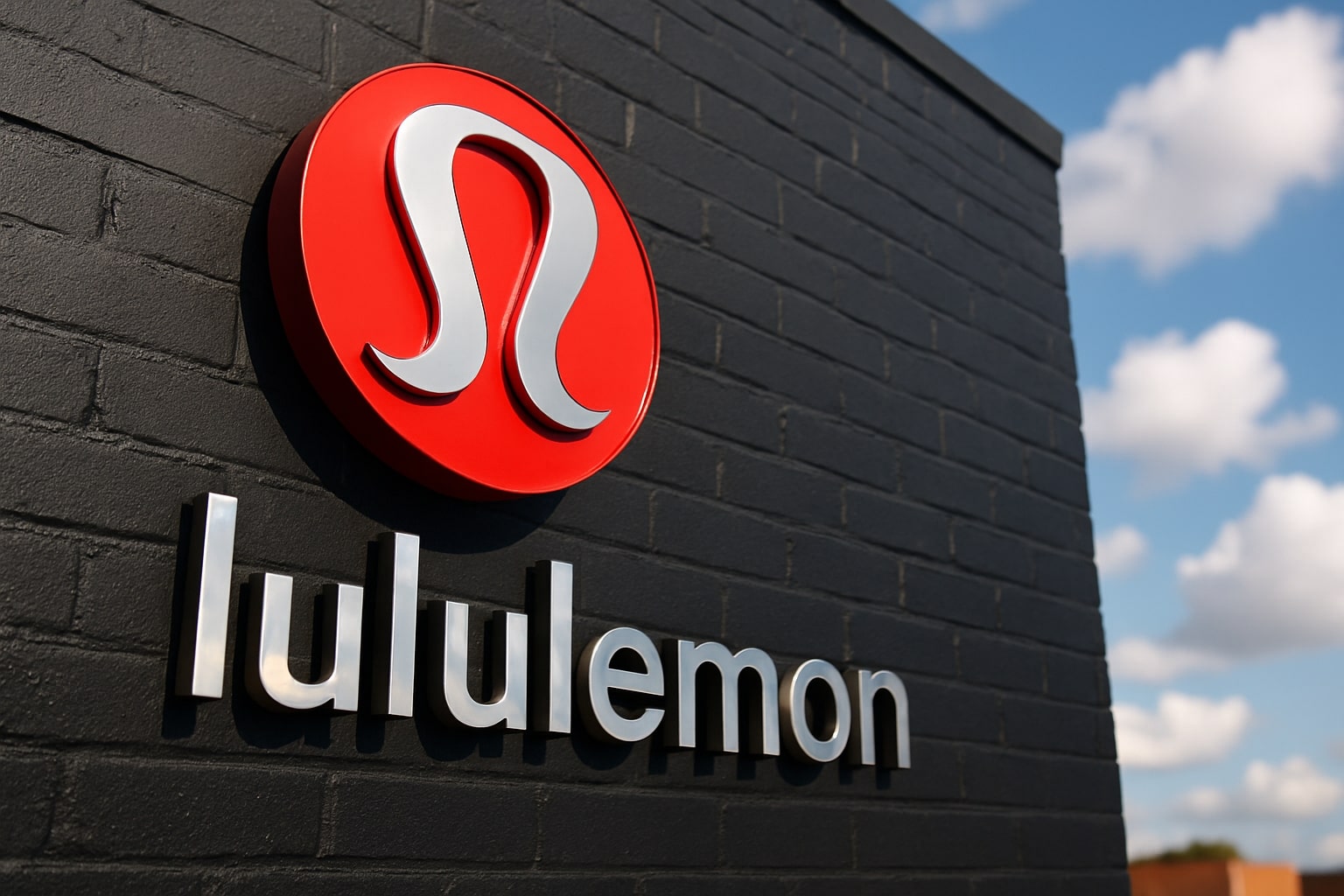NASDAQ:LULU Stock Collapses to $161 but Valuation Reset Creates Opportunity
Shares of NASDAQ:LULU have cratered to $161.56, wiping out more than 57% year-to-date and erasing nearly $30 billion in market value from its 2023 peak. Once commanding a premium valuation above 70x earnings, Lululemon is now priced at just 10.9 times trailing earnings and 12.4x forward earnings, levels typically reserved for cyclical retailers rather than premium lifestyle brands. The company’s market capitalization has fallen to $18.96 billion, placing it closer to niche athletic peers rather than global leaders. Despite the selloff, the business continues to generate nearly $11 billion in annual revenue and more than $1 billion in annual free cash flow, suggesting the correction may be overdone if execution stabilizes.
Revenue Performance Shows Weakness in Americas but International Strength
Total revenue for the trailing twelve months came in at $10.9 billion, up from $9.6 billion a year earlier. In Q2 2025, sales rose 7% year-over-year to $2.5 billion, but the Americas division — which represents nearly 70% of the business — stagnated, with just 1% growth and a 4% decline in comparable sales. This contrasts sharply with international markets, which delivered 22% growth overall. China was the standout, up 25% year-over-year, with store expansion and e-commerce penetration driving momentum. Mainland China now contributes more than 15% of total revenue, highlighting the success of Lululemon’s diversification strategy. International operations accounted for almost 30% of total sales, and this mix shift provides insulation against weak North American spending.
Margin Pressure Intensifies as Tariffs and Product Execution Missteps Bite
Gross margin slipped to 58.5%, down 110 basis points from last year, while operating margin compressed to 20.7%, a 210-basis-point decline. The largest driver was a $240 million tariff headwind in 2025 tied to new import rules on U.S. e-commerce shipments. In addition, inventory levels rose 13% year-on-year, driven by weak sell-through in lounge and social categories. Management acknowledged missteps in merchandising strategy, particularly in newer categories designed to expand beyond core yoga and training apparel. Despite these pressures, Lululemon’s margins remain well above industry peers: Nike’s operating margin is under 12%, while Under Armour sits below 10%, underscoring Lululemon’s brand pricing power even in a weak consumer environment.
Earnings Resilient Despite Lowered Guidance
In Q2, diluted EPS reached $3.10, surpassing consensus estimates by $0.25. However, management trimmed full-year EPS guidance to $12.77–$12.97, down from $14.95–$15.15, a cut of nearly 14% at the midpoint. Revenue guidance was also reduced to $10.85–$11.0 billion, versus prior expectations of $11.2 billion. While this represents a downgrade, the company is still generating double-digit earnings, and current valuation levels imply that the market has already priced in a collapse well beyond management’s conservative outlook.
Balance Sheet Strength and Shareholder Support
Lululemon’s financial position remains robust with $1.16 billion in cash and minimal long-term debt. Levered free cash flow in the past twelve months totaled $1.02 billion, providing significant flexibility to fund expansion, repurchase shares, and withstand tariff-related headwinds. During Q2, the company repurchased 1.13 million shares at an average price of $247, well above current levels, signaling management’s long-term confidence. Institutions own nearly 88.5% of outstanding shares, while insiders hold just over 9%, according to insider transaction records. This ownership structure suggests strong institutional support even as retail investors have capitulated.
Valuation Reset Provides Rare Entry Point
At 1.78x price-to-sales, NASDAQ:LULU trades at a deep discount to Nike, which commands more than 4x sales despite declining revenues. Analysts maintain an average price target of $199.20, implying 23% upside from current levels, with the highest target reaching $303, nearly a 90% rally. Given Lululemon’s global brand strength, premium positioning, and margin profile, the market’s current pricing reflects worst-case execution risks that may already be behind the company.
Growth Levers in China, Men’s Apparel, and Digital Sales
The company operates 784 stores worldwide, with square footage up 14% year-over-year. Recent openings in Italy, Belgium, Turkey, and Mexico expand its European and international footprint, while India is slated for entry in 2026. Digital channels represented 39% of Q2 sales, nearly $1 billion, growing 9% year-over-year. The men’s business is still underpenetrated but showed 6% growth, outpacing women’s apparel and signaling long-term expansion potential. The loyalty program now has nearly 30 million members, up 65% year-on-year, strengthening engagement and repeat purchase behavior. These growth engines remain intact even as North America slows.



















